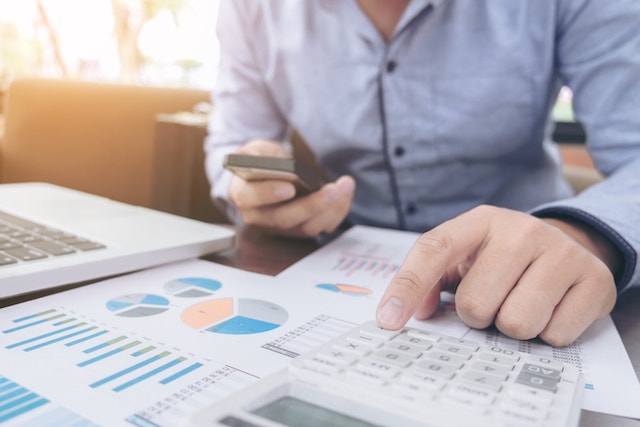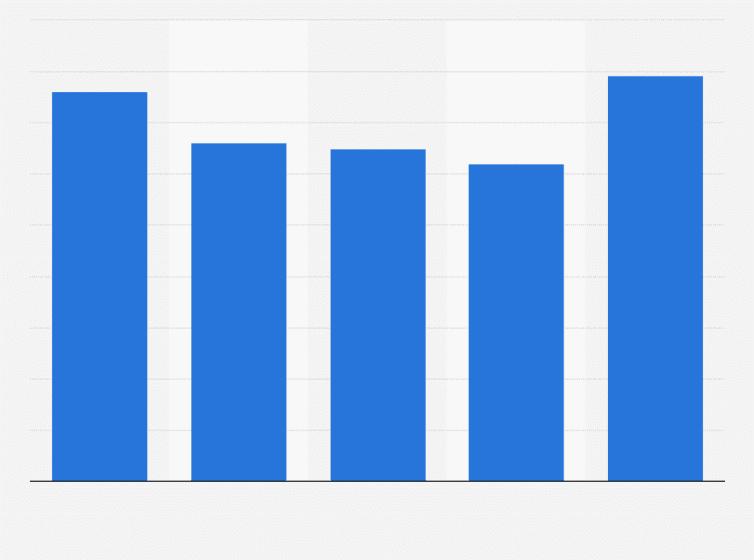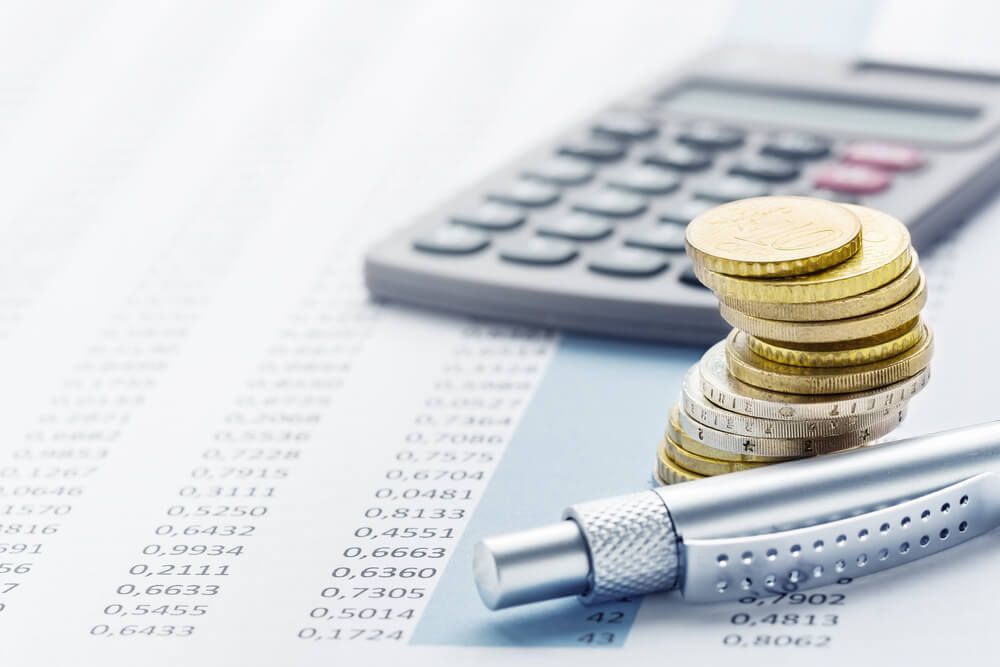All accounting in accounting, which is an important function of company management, refers to management. However, in the Western accounting system, its managerial part has become more related to the reflection and control of production costs.
Management accounting provides informational, economic, technological, innovative and structural enterprise management. The content of the cost accounting system is formed by management objectives. It can be changed by the decision of the administration depending on the interests and goals set for the heads of the internal divisions of the company.
Cost accounting and calculation of production costs are one of the most important sections of the company's accounting system, which is the information base for making management decisions, such as expanding or discontinuing production, setting product prices, determining the need to purchase new equipment, possibilities for changing technology and organizing production .
Cost concept
Costs are an integral element of the management and functioning of any company in the market.
Production costs - this is the cost of living labor costs and the costs of the subsequent sale of products. In practice, the term “costs” is used to describe all production costs incurred by a company over a period of time.
Costs - this is a monetary assessment of resources (material, labor, financial, natural, information) that the organization uses for production and implementation purposes.
The main features of the cost category are as follows:
- can be measured by the amount of resources used (material, labor, financial);
- the amount of resources used must be presented in monetary terms to ensure their comparison;
- the concept must necessarily be associated with specific goals and objectives of production.
Costs are value. The cost of production is the total value of all costs that are associated with the organization of the production process. To control the cost, it is necessary to plan and evaluate costs, analyze the composition of the individual elements and control the change in the value of each element.

From the concept of “costs” it is necessary to highlight the concept of “costs”, which is disclosed in PBU 10/99 “expenses of the organization.
The expenses of the organization in accordance with this accounting register are called the reduction of the company's profits as a result of disposal of assets and the occurrence of liabilities, which leads to a decrease in the capital of the organization. Costs take into account only those costs that are associated with the formation of profit for a certain period, and the rest of the costs are deposited in the active part of the company's funds in the form of products in stock.
Costs are the costs of the time period, documented, economically justified, fully allocated to the cost of products sold for this period.
PBU 10/99 establishes a single classification of costs for all commercial organizations by economic elements:
- material costs;
- labor cost;
- deductions from wages;
- depreciation expenses;
- other costs.
Material costs include:
- the cost of purchased raw materials and material costs used in the production of products;
- the cost of purchased components and semi-finished products;
- applied services of organizations involved from outside, costs of production or transportation of materials;
- the cost of fuel and energy resources that were used in the production process.

Cost Accounting: Organization
In order to correctly determine the cost taking into account the specifics of the production process of the company, it is necessary to rationally determine the objects for cost accounting, which are understood as the place of occurrence of expenses, that is, individual workshops, production sites, etc. In their context, it is necessary to group production costs, which allows you to determine the results internal economic activity of company services.
In practice, there are three possible options for grouping costs by location:
- systematically in all departments, workshops of the enterprise with the calculation of the amount of the cost of production of this unit;
- units without determining the cost;
- throughout the enterprise - on the basis of combining the costs of raw materials and the wages of production workers at production sites.
Cost centers are structural units of the enterprise for which planning, rationing and accounting of production costs are organized.
In an industrial enterprise, such places include manufacturing, workshops, plots, units, brigades and other units.
Depending on the sequence of grouping costs in the enterprise, it is necessary to distinguish between initial, intermediate and final costs.

Initial costs are, in fact, the center of costs, which is the starting point of cost formation.
Intermediate costs relate to a higher degree of generalization of costs. They are characteristic of the departments of the enterprise, which produce parts of the finished product or semi-finished product.
Final costs are the final stage of the production process at the enterprise. Here, all direct and distributed production costs are accumulated, and the total cost of production is calculated.
From the point of view of the content of activities and attitudes towards the production of products, cost centers are divided into main, auxiliary and related.
The main cost centers produce products for the implementation of which the enterprise itself is created. Auxiliary are intended for the production of products and services that meet the needs of production in providing tools, spare parts, energy and maintenance.
Associated objects of expenditure are waste.
The task of accounting is to create an accounting system that meets the needs of tactical and strategic company management, planning, monitoring and analysis of the company.
It is advisable to exercise control over the responsibility centers with the transfer of certain compensations to the heads of the dedicated responsibility centers.
Coordinated decentralization is based on more complex divisional and product structures that define a decentralized management model.

Main methods
Methods of accounting for the costs of production can be conditionally classified as follows: normative, process, alternate, custom.
Each of these cost accounting methods has its own advantages. They can be installed according to various criteria.
Basics of Costing
Costing is a grouping of costs by accounting objects and calculation of cost in the context of costing units.
Costing accounting is an analytical grouping of production costs on management accounts that provides the necessary information for costing. For these purposes, accounts 20-29 of the chart of accounts are taken into account.
The methods of accounting for production costs and calculation are not regulated, since the main task of this accounting in the field of costs is to provide the company management with full information on costs and the ability to influence the results of the company.
Calculation methods are divided into individual and mass. Individual methods include an order-based calculation method, and mass methods include an alternate and a process one.
Basics of the transverse method
The alternate method of accounting for production costs is used in industries where the final product can be obtained as a result of a sequential series of redistributions (for example, in the chemical industries), in each of which intermediate products (semi-finished products) are formed. For each redistribution, accounting of analytical indicators of costs is organized. The final cost of the product is defined as the sum of the cost of the entire redistribution.
The calculation of the cost of production using this technique consists of the following main steps:
- definition of production in kind;
- calculation of production in arbitrary units;
- summation of costs for all products;
- determination of costs per unit of production;
- cost sharing between the final product and the work in progress at the end of the period.

Custom Method Basics
The custom method of accounting for production costs differs from others in the individual determination of cost. In analytical accounting, production costs can be grouped in accordance with orders that produce a single product or a group of identical products, their small series. The initial cost accounting is organized in accordance with a separate order, while each product or its series is strictly delimited in this order from others. Production is based on the execution of stipulated orders, which allows you to calculate the cost of the product separately. The production process does not need to be divided into time periods to localize costs. This method is used in construction, engineering, research and development.
In this case, the main accounting register is the order registration card, which reflects all direct costs for it.
Until the order is accepted by the customer, all direct costs associated with it are recorded as expenses of the incomplete period. After completing work (that is, shipping products) for a specific order, all total costs can be attributed to the cost of the completed order.
Upon completion of its production, the estimated cost of the product is prepared.

Basics of the boiler method
Initially, cost accounting was accounted for by the boiler method. The main feature of the boiler method of accounting for production costs is that all costs, regardless of their type and the place in which they occurred, are recorded in one register for the entire period. The result is the calculation of total costs for all products for the period. In this case, it is not possible to correctly distribute costs between the types of products of the company. The cost of a certain type of product is calculated by distributing all boiler costs relative to the established base, for example, the planned cost. The result is a very approximate cost. Such accounting does not provide data for cost control, finding ways to optimize them, and solving other management problems. This method for calculating costs is very rarely used today. It is possible in industries where there is no need for analytical accounting, for example, with a single release of a product by a company.

Basics of the process method
The process-based method of accounting for production costs can be applied in industries with strictly limited nomenclature, in which there is no work in progress, but stability (for example, petrochemical production, transportation, etc.).Cost accounting of production costs is divided into separate production processes by type of product, work and services.

Conclusion
Using the methods of cost accounting in industrial production, developed by Russian and foreign experts, it is possible to analyze the efficiency of production costs in various aspects. For example, to assess production factors, the role of auxiliary production, analysis of accounting costs, as well as the significance of individual elements of production costs.
